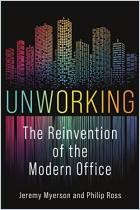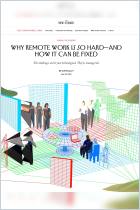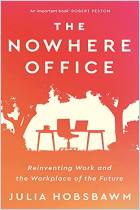
Article
Has the Pandemic Transformed the Office Forever?
Companies are figuring out how to balance what appears to be a lasting shift toward remote work with the value of the physical workplace.
The New Yorker,
2021
Recommendation
Writing in The New Yorker, John Seabrook explains office design and its history in light of technology and COVID. Many firms embrace a hybrid approach, in which staffers split time between office and home; getting the balance right is tricky. Keeping workers off-site saves money, but could undermine corporate culture. COVID safety drives office design, with special entry rooms and customized HVACs. Microsoft stands ready to customize virtual offices for companies in the cloud, offering new options and limitations. Seabrook’s analysis offers rich insight into likely future office design.
Summary
About the Author
New Yorker magazine staff writer John Seabrook wrote The Song Machine: Inside the Hit Factory.





















Comment on this summary